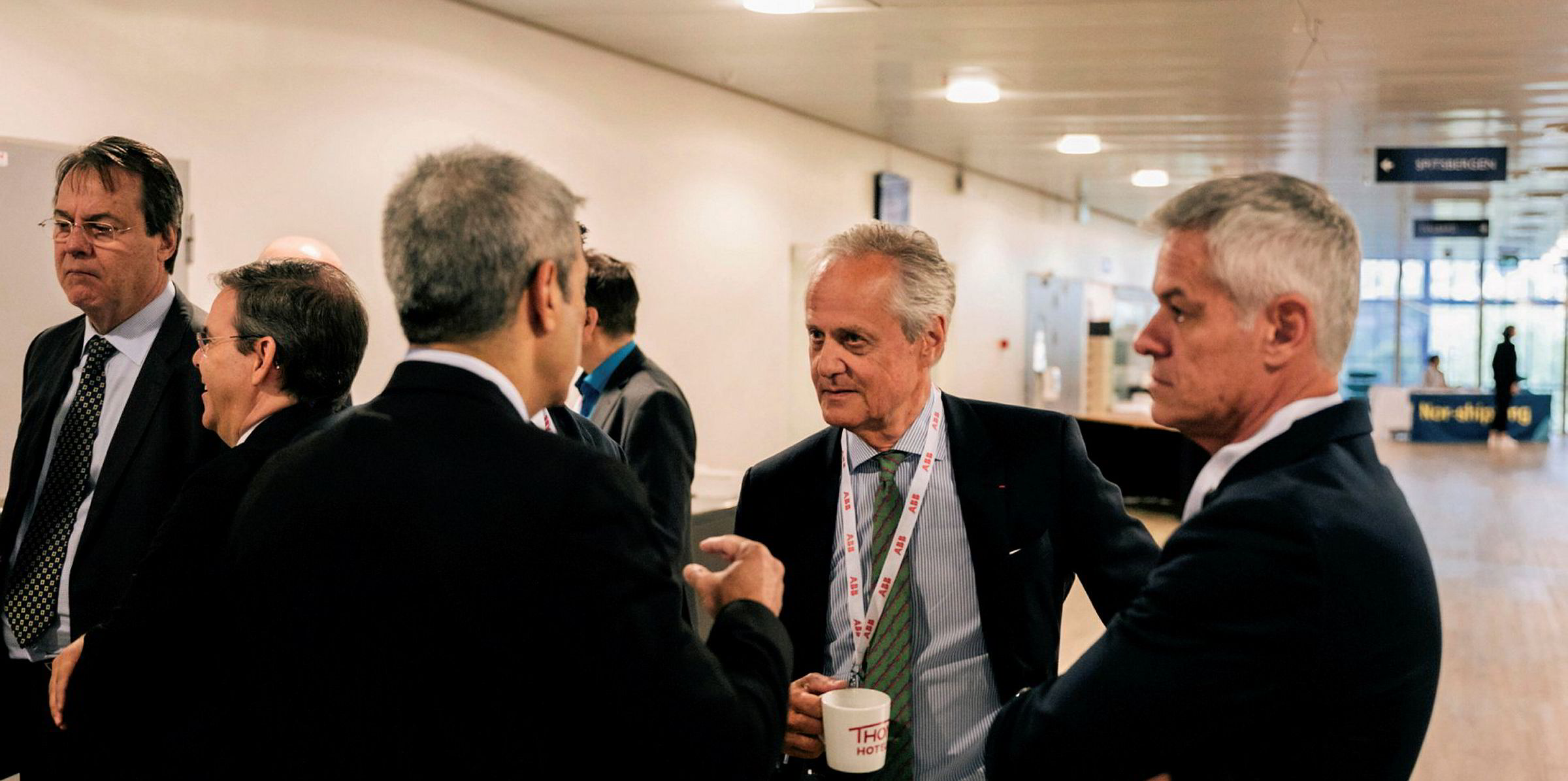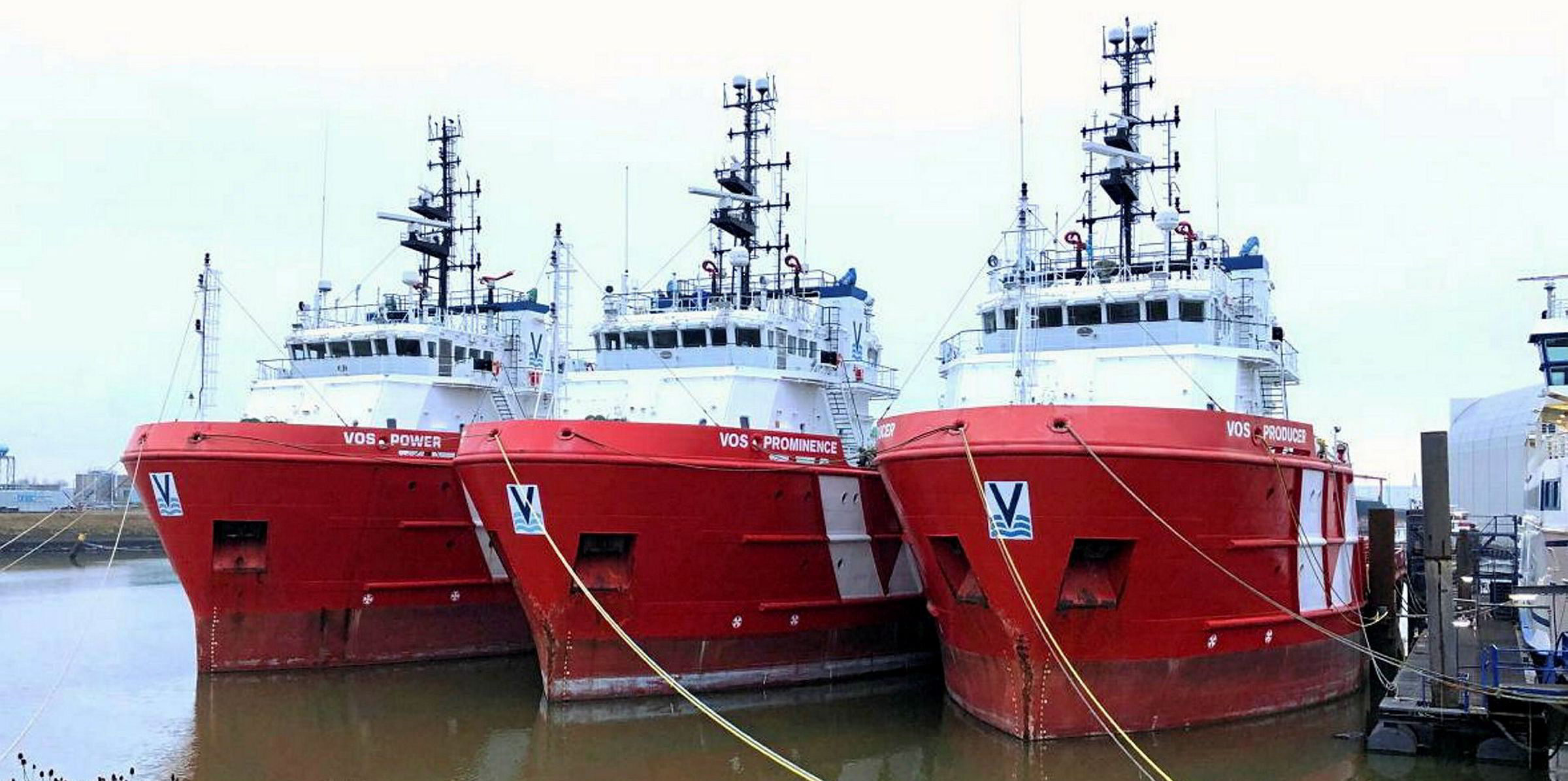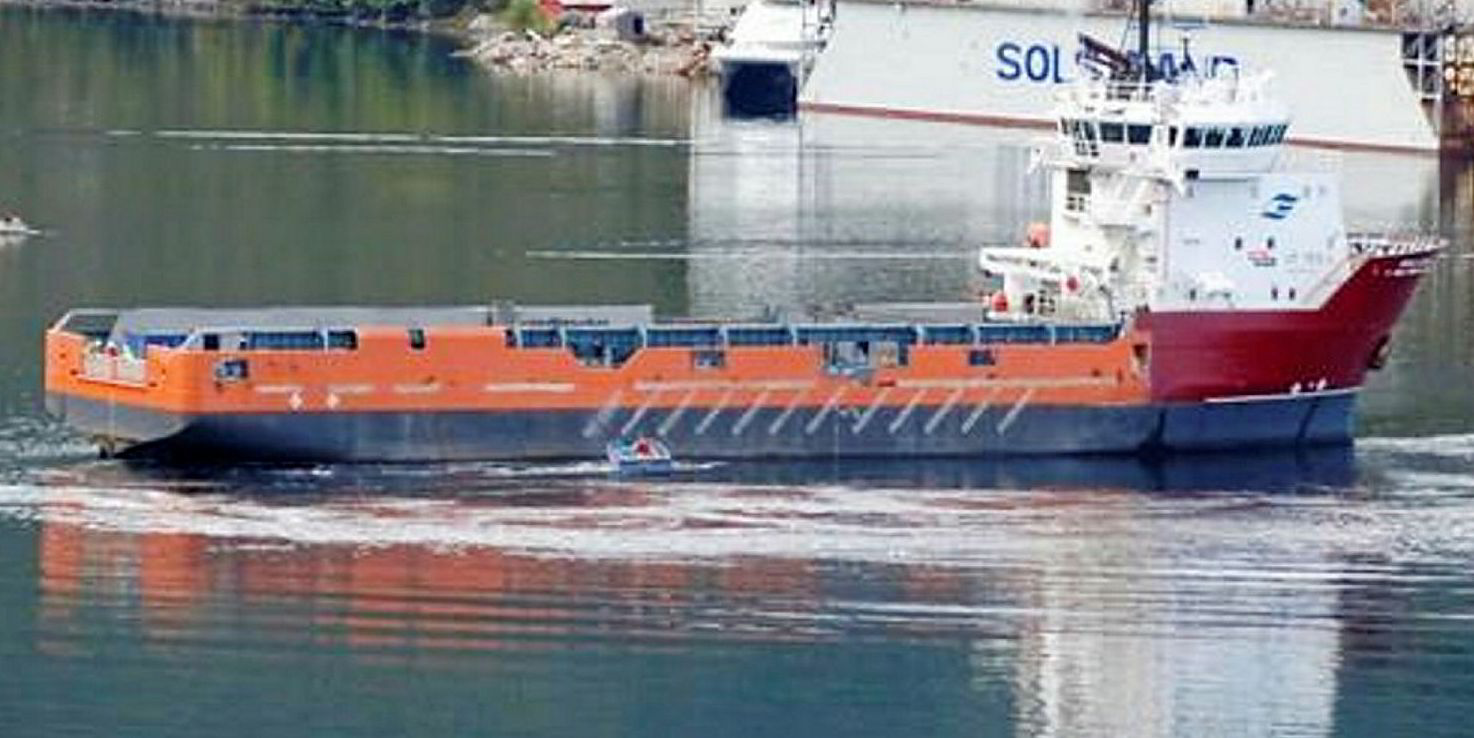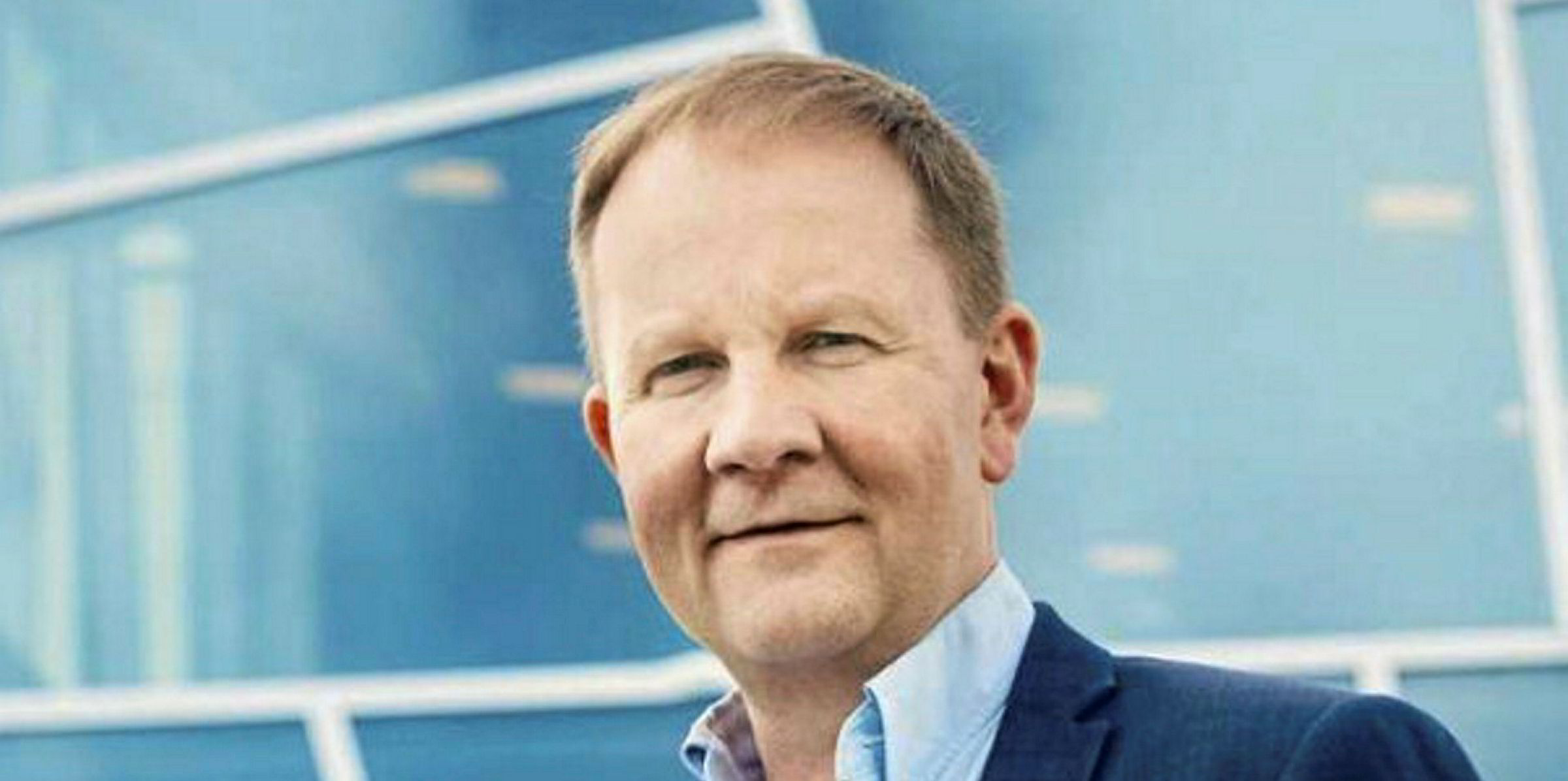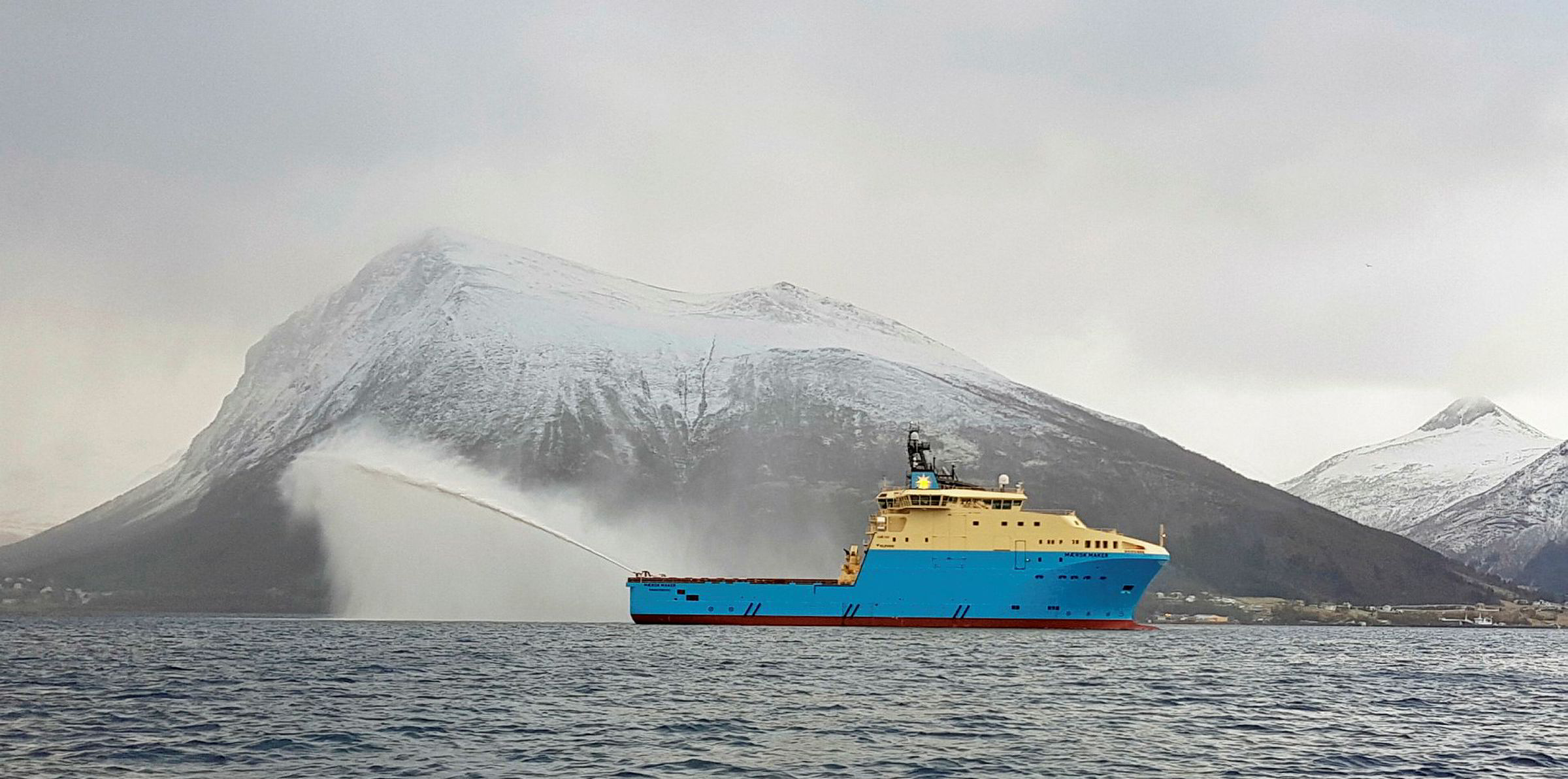Norwegian shipowner Siem Offshore has urged the oil and gas support vessel sector to join forces or forget profits any time soon.
The Kristian Siem-owned company believes there is a "desperate need" for consolidation to combat a downturn that started in 2015 and has been exacerbated this year by Covid-19 restrictions and oil price falls.
Chief financial officer Dagfinn Lie told the Pareto Securities’ Energy Conference in Oslo on Thursday that charter rates are not high enough to service debt.
"It is highly uncertain when charter rates will offer full debt service," he added.
Lie pointed to "significant excess capacity" in the worldwide fleet, which has sparked fierce competition for any work and depressed rate levels.
"The imbalance of supply and demand for offshore vessels is expected to remain for several years and prevent the needed recovery of charter rates," the CFO added.
Lie said: "There is a desperate need for consolidation in the offshore support vessel industry.
Profits hard to see
"The industry has been loss-making since 2015 with no real consolidation. Competition remains fierce, [with] shipowners willing to fix vessels on long-term charters at unbalanced...terms and rates close to opex."
And he added: "Without a proper consolidation it is difficult to see how the industry can achieve acceptable profits."
The last big consolidation deal in the sector saw Kjell Inge Rokke and John Fredriksen oversee a merger of Rem Offshore, Farstad Shipping and Deep Sea Supply into Solstad Offshore in 2017.
Most offshore vessel owners have since been trying to refinance — efforts that became more urgent with the advent of Covid-19.
Siem Offshore itself has entered into a standstill agreement with secured lenders in Europe and Norway until 30 April of next year.
A financial advisor is helping it restructure and build a robust and solid balance sheet and develop a business plan for the next five years, the company revealed on Thursday.
The objective for next year is to improve the recoverability of bank and bondholder loans through an orderly reorganisation of the balance sheet.
Siem Offshore has 33 vessels, with six in lay-up.
The firm contract backlog stood at $567m at 30 June.
Debt reduced
Over the last five years, the company has cut its fleet from 46 to 32 vessels and reduced debt by $500m.
Siem Offshore has made $600m in impairments since the downturn started in 2015.
The company is not as exposed to the platform supply vessel downturn as its peers. One in seven PSVs is stacked.
Turning to anchor-handling tug supply ships, Lie said expectations of an upturn had driven owners to reactivate too many vessels from lay-up in recent years, taking out much of the "slight potential" earlier than desired.
Lack of employment in all regions forced owners to send vessels to the North Sea as the only functional spot market.
"Ironically, many of the tasks performed during the last years have been related to towing rigs into lay-up," Lie added.
In Brazil, Petrobras, as the main term charterer of large AHTSs, severely reduced its demand.
Rigs moving back into position
Looking ahead, Lie said AHTSs are now towing rigs to work, rather than into lay-up.
"Deepwater harsh environment campaigns are slowly returning," he added.
And there are early indications that Petrobras will increase drilling demand again.
"Russian campaigns continue to develop where we have secured an important track record," Lie said.
"Harsh weather calls for safer operations by use of more powerful tonnage such as ours."
But the CFO added: "We are preparing for another winter season with lay-ups for several vessels."
And he said: "If suspended 2020 drilling campaigns correspond with previously planned 2021 campaigns, a positive demand scenario could occur already next year."
Siem Offshore's subsea ships have been offering sustainable rates through the slump.
Offshore construction vessels have offered the highest operational margins within the fleet.
And the offshore wind industry has offered a second home to the larger vessels for accommodation work.
